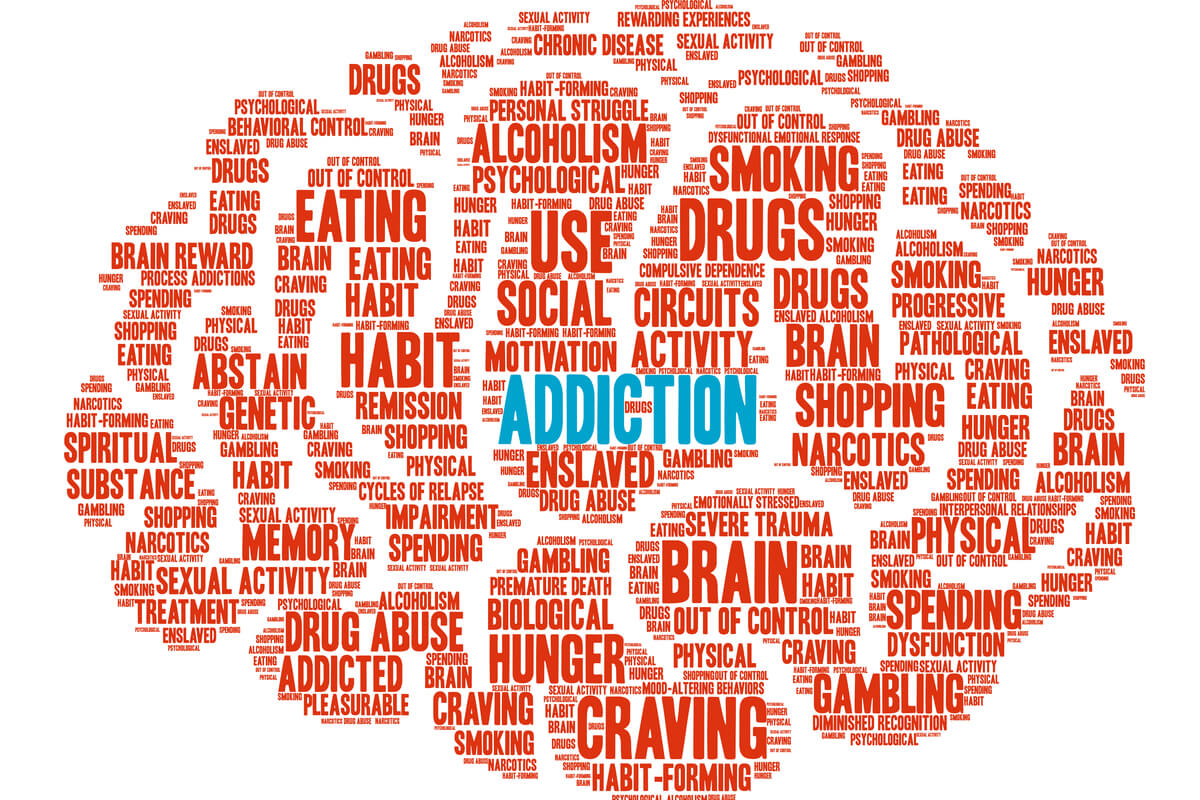
If you are worried that you drink too much or may have a problem with alcohol, the AUDIT screening tool can help. It is meant to help you determine if you have patterns of excessive alcohol consumption. It can help identify alcohol dependence and some of the specific consequences and risks of problem drinking. Although the AUDIT tool can be beneficial in discerning your alcohol addiction risk, a doctor or medical professional must formally diagnose you with alcohol use disorder.
Almost 30 million people in the United States had an alcohol use disorder (AUD) in 2020.[1] If you struggle with alcohol use, you are not alone.
What Is AUDIT?
The Alcohol Use Disorders Identification Test, or AUDIT, was developed by the World Health Organization (WHO) as a tool to screen for excessive and hazardous drinking patterns.[2] It can be used in screening and brief intervention (SBI) by a clinician.
AUDIT can serve as a framework for intervention, encouraging people with alcohol use disorders to identify risky drinking behaviors and then seek treatment services.
Purpose of AUDIT
AUDIT is meant to help people self-diagnose issues with excessive or risky drinking. Primary care and health care professionals can use it as a screening tool during an office visit, or a patient can also ask themselves the questions at home. AUDIT can be a helpful tool for either clinicians or individuals to help assess if a person has drinking behavior that might be a problem.
Take the Test
To take the self-report Alcohol Use Disorders Identification Test, ask yourself the following 10 questions and mark the answer that describes your answer. At the end, you will add up your points, which are indicated next to each response. [3]
1. How often do you have a drink containing alcohol?
(0) Never
(1) Monthly or Less
(2) 2-4 times per month
(3) 2-3 times per week
(4) 4 or more times per week
2. How many drinks containing alcohol do you have on a typical day when you are drinking?
(0) 1 or 2
(1) 3 or 4
(2) 5 or 6
(3) 7 to 9
(4) 10 or more
3. How often do you have six or more drinks on one occasion?
(0) Never
(1) Less than monthly
(2) Monthly
(3) Weekly
(4) Daily or almost daily
4. How often during the last year have you found that you were not able to stop drinking once you had started?
(0) Never
(1) Less than monthly
(2) Monthly
(3) Weekly
(4) Daily or almost daily
5. How often during the last year have you failed to do what was normally expected of you because of drinking?
(0) Never
(1) Less than monthly
(2) Monthly
(3) Weekly
(4) Daily or almost daily
6. How often during the last year have you needed a first drink in the morning to get yourself going after a heavy drinking session?
(0) Never
(1) Less than monthly
(2) Monthly
(3) Weekly
(4) Daily or almost daily
7. How often during the last year have you had a feeling of guilt or remorse after drinking?
(0) Never
(1) Less than monthly
(2) Monthly
(3) Weekly
(4) Daily or almost daily
8. How often during the last year have you been unable to remember what happened the night before because of your drinking?
(0) Never
(1) Less than monthly
(2) Monthly
(3) Weekly
(4) Daily or almost daily
9. Have you or someone else been injured because of your drinking?
(0) No
(2) Yes, but not in the last year
(4) Yes, during the last year
10. Has a relative, friend, doctor or other healthcare worker been concerned about your drinking or suggested you cut down?
(0) No
(2) Yes, but not in the last year
(4) Yes, during the last year
Results of AUDIT & What They Mean
Tally your total score based on the 0–4 range for each of the 10 questions. The higher your score, the more significant the issues and the more likely you are to have alcohol dependence and/or an alcohol use disorder.
Here is how you can interpret your results:
- Score of 1-7: Low-risk alcohol use
- Score of 8-14: Hazardous or harmful alcohol use
- Score of 15 or more: Likely alcohol use disorder
It is important to understand that AUDIT bases an alcoholic drink in terms of a “standard drink” as defined by the National Institute on Alcohol Abuse and Alcoholism (NIAAA).[4] These are the guidelines:
- One 12-ounce beer with around 5% alcohol content
- 8–9 ounces of malt liquor at 7% alcohol content
- One 5-ounce glass of wine at 12% alcohol content
- One shot, or 1.5 ounces, of distilled spirits at around 40% alcohol content
When to Seek Help for AUD
If you score an 8 or higher on AUDIT, it may be time to seek professional help. If you are experiencing negative consequences related to drinking and are unable to stop drinking even when you try to, this is a sign of compulsive alcohol use and possible alcohol use disorder.
If you complete the test and receive a concerning score, you’ll want to seek out an assessment from a medical professional. They can conduct a more thorough evaluation and refer you to the appropriate level of care.
If you have a dependence on alcohol or severe alcohol use disorder, you should never attempt to quit on your own due to the risk of dangerous and potentially fatal withdrawal symptoms. Medical detox in a hospital is the safest route for alcohol withdrawal.
Other options for treatment and help include:
- 12-step groups like Alcoholics Anonymous (AA)
- Non-12-step groups like SMART Recovery
- Outpatient rehab
- Partial hospitalization programs
- Intensive outpatient programs
- Inpatient alcohol rehab
- Medication for Addiction Treatment (MAT)
Where to Find Help for Alcohol Misuse
Treatment for alcohol use disorder can vary greatly based on your specific needs. There are a variety of options available, ranging from inpatient care to outpatient services.
Your primary care provider can often refer you to treatment programs that are appropriate for your situation. The Substance Abuse and Mental Health Services Administration (SAMHSA) also provides a tool to help you find treatment services near you.[5] Do your research to ensure you find the best treatment program for your needs.

Reviewed By Peter Manza, PhD
Peter Manza, PhD received his BA in Psychology and Biology from the University of Rochester and his PhD in Integrative Neuroscience at Stony Brook University. He is currently working as a research scientist in Washington, DC. His research focuses on the role ... Read More
- Key Substance Use and Mental Health Indicators in the United States: Results from the 2020 National Survey on Drug Use and Health. Substance Abuse and Mental Health Services Administration. https://www.samhsa.gov/data/report/2020-nsduh-annual-national-report. October 2021. Accessed August 2022.
- AUDIT: The Alcohol Use Disorders Identification Test: Guidelines for Use in Primary Health Care. World Health Organization. https://www.who.int/publications/i/item/WHO-MSD-MSB-01.6a. November 2001. Accessed August 2022.
- AUDIT. National Institute on Drug Abuse. https://nida.nih.gov/sites/default/files/files/AUDIT.pdf. Accessed August 2022.
- What is a Standard Drink? National Institute on Alcohol Abuse and Alcoholism. https://www.niaaa.nih.gov/alcohols-effects-health/overview-alcohol-consumption/what-standard-drink. Accessed August 2022.
- FindTreatment.gov. Substance Abuse and Mental Health Services Administration. https://findtreatment.gov/. Accessed August 2022.
Download Our Free Program Guide
Learn about our program, its effectiveness and what to expect
Related articles
Imagine what’s possible on the other side of opioid use disorder.
Our science-backed approach boasts 95% of patients reporting no withdrawal symptoms at 7 days. We can help you achieve easier days and a happier future.









